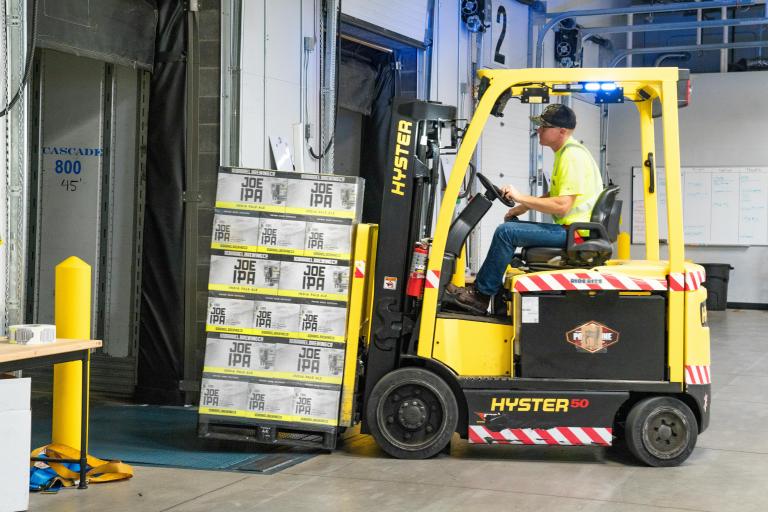Under the Employee Retirement Income Security Act of 1974 (“ERISA”), a benefit plan oftentimes has the right, pursuant to a subrogation clause in the plan documents, to seek reimbursement for medical expenses paid to an injured plan participant who later recovers money from a third party for his or her injuries. The Supreme Court’s recent decision in Montanile v. Board of Trustees of the National Elevator Industry Health Benefit Plan, U.S. No. 14-723 (January 20, 2016), which substantially limited the pool of assets that a plan can recover from, could have a wide-ranging impact on how plan fiduciaries should proceed in their reimbursement efforts going forward.
Montanile’s Underlying Facts
The situation addressed in Montanile is similar to that of many cases involving a plan fiduciary’s efforts to seek reimbursement pursuant to a subrogation clause. In 2008, Robert Montanile, a participant in a benefits plan governed by ERISA, was severely injured when he was hit by a drunk driver, resulting in the plan paying $121,044.02 for his medical care. Following this, Montanile sued the drunk driver for negligence. This case was ultimately settled for $500,000. The Board of Trustees tasked with administering the plan (the “Board”) then sought reimbursement from Montanile pursuant to the plan’s subrogation clause.
Initially, Montanile’s attorney held the majority of the settlement funds in a client trust account while Montanile and the Board attempted to reach an agreement about reimbursement. When it became clear that no such agreement was to be reached, Montanile’s attorney informed the Board that he would be distributing the remaining settlement funds to Montanile if the Board did not object within fourteen days. When the Board did not respond, Montanile’s attorney distributed the remainder of the funds to Montanile.
Six months later, the Board filed suit against Montanile under ERISA § 502(a)(3), 29 U.S.C. § 1132(a)(3), seeking reimbursement (i) from any remaining identifiable settlement funds in Montanile’s actual or constructive possession or (ii) to the extent these funds have been dissipated, from Montanile’s general assets. By the time the case came before the district court, Montanile was claiming that he had already spent almost all of the settlement funds. Thus, squarely before the Supreme Court was whether the Board could recover from Montanile’s general assets.
Montanile’s Holding
Plan fiduciaries can file an action to seek reimbursement pursuant to a plan’s subrogation clause under ERISA § 502(a)(3), which authorizes such fiduciaries to sue to obtain “appropriate equitable relief . . . to enforce . . . the terms of the plan.” Oftentimes, the issue in such a lawsuit becomes whether the remedy being sought is properly described as one for “equitable relief” of the type allowable under ERISA § 502(a)(3).
The Court in Montanile stated that, to bring a proper claim under ERISA § 502(a)(3), i.e. one for “equitable relief,” the plan fiduciary must be able to specifically identify (i) the settlement funds that are still in the defendant’s possession or (ii) a “traceable item” in the defendant’s possession that he or she purchased with the funds (think tangible items, such as a computer). When a defendant dissipates the settlement funds by buying non-traceable items (such as intangible items like a vacation), this destroys the plan fiduciary’s equitable lien on the settlement funds.
Ultimately, the Court found that the Board could not enforce its lien by attaching it to Montanile’s general assets. Thus, to the extent that the Funds could not specifically identify any settlement funds or any items bought with those funds that remain in Montanile’s possession, they would be left without a claim under ERISA § 502(a)(3).
Montanile’s Impact
The Court’s decision in Montanile could have a dramatic impact on the way plan fiduciaries must litigate ERISA § 502(a)(3) reimbursement claims against plan participants going forward. Montanile makes it explicitly clear, the plan fiduciary that sits on its ERISA § 502(a)(3) reimbursement rights does so at its own risk. Plan participants now have a strong incentive to dissipate any monetary recovery they receive from a third party as soon as possible to keep this money out of the plan fiduciary’s reach. Accordingly, plan fiduciaries should be actively tracking any potential recoveries that a plan participant may receive from a third party that, when paid, could serve as the basis for an ERISA § 502(a)(3) claim. When such recoveries are identified, plan fiduciaries should be prepared to vigorously pursue these claims to ensure that the plan participant does not dissipate the funds in the meantime. In many cases, plan fiduciaries will need to be prepared to promptly file a lawsuit in federal court and expeditiously move for a temporary restraining order prohibiting the plan participant from dissipating the settlement funds while the lawsuit is pending.
It is important to remember that, while limiting, the Montanile decision does not extinguish a plan fiduciary’s ERISA § 502(a)(3) reimbursement rights. Indeed, a plan fiduciary can avoid the effects of this decision almost in their entirety by diligently tracking their plan participants’ potential recoveries from third parties and then expeditiously ensuring that a hold is placed on any such money received pending the resolution of the fiduciary’s reimbursement claims.


